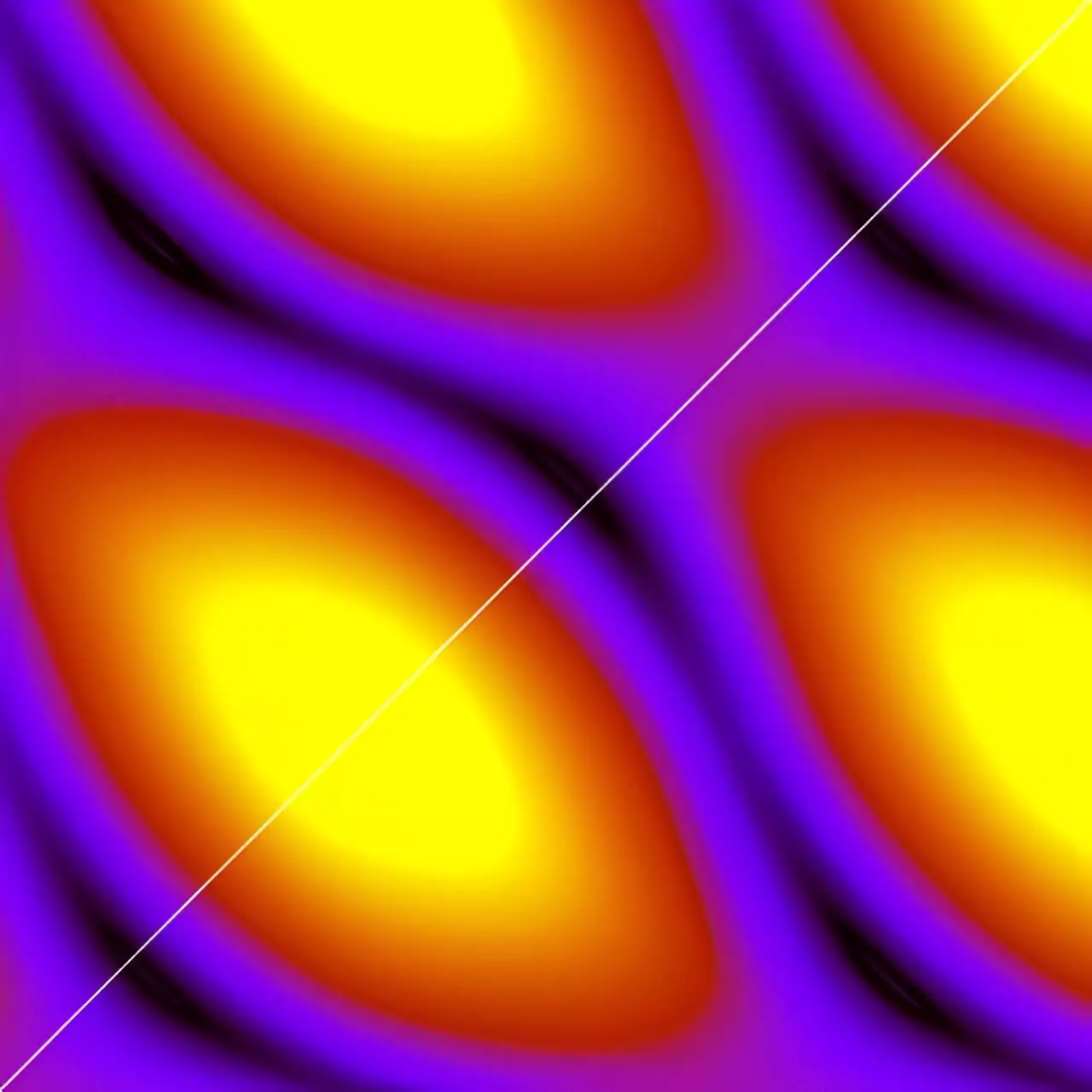Superconductors, known for their ability to offer no electrical resistance to the flow of electrons, have long been seen as a promising material for electronic circuits due to their high energy efficiency. Beyond their resistance-free nature, superconductors also exhibit exotic quantum-mechanical effects when paired with other materials, opening up possibilities for advanced functionalities in electronic devices.
Recently, physicists at RIKEN have delved into the realm of Andreev molecules in superconducting circuits as a potential candidate for future quantum computers. These molecules, formed when two Josephson junctions are in close proximity to each other, exhibit unique transport phenomena that could revolutionize the field of superconducting technology.
The researchers, led by Sadashige Matsuo, created two Josephson junctions using a thin layer of indium arsenide and connected them through a shared superconducting electrode made of aluminum. By studying the electronic properties of this structure through tunneling spectroscopy, they were able to observe the energy levels corresponding to Andreev molecules for the first time in coupled Josephson junctions.
The discovery of Andreev molecules in superconducting circuits has significant implications for the future of quantum information technologies. These molecules could potentially be used in quantum computers to enhance their functionality, offering a new avenue for controlling superconducting transport phenomena and paving the way for less dissipative rectifiers in superconducting circuits.
Overall, the research conducted by Matsuo and his co-workers sheds light on the potential of Andreev molecules in superconducting circuits and their role in advancing the field of quantum technology. By harnessing the unique properties of these molecules, researchers may be able to design more efficient and controllable electronic devices with applications in quantum computing and beyond. The future of superconducting circuits looks promising with the exploration of Andreev molecules as a key component in the quest for next-generation quantum computers.


Leave a Reply